Pollution of the Baysoorun River Bed, Village of Ananyevo
42°43’7935″N 77°40’7113″E
Currently, the ecological situation at Issyk-Kul is unfavorable, which has already led to a decrease in the recreational value of the lake complex, and if the existing negative trends continue, it may result in irreversible ecological and economic losses.
The spontaneous dump along the Baysoorun River is the handiwork of local residents who uncontrollably dump garbage in the coastal area. There is a variety of waste here: construction debris, old furniture, plastic, manure, ash, and various other household waste. The sight of this dump is shocking, as it sprawls freely along the riverbank and in the riverbed. With the melting of the snow and the filling of the riverbed, all this filth will end up in Issyk-Kul. Issyk-Kul, having no outflowing rivers, is subject to an extremely slow process of marsh formation.
The area of the Issyk-Kul lake basin is 15,378 km². Eighty rivers flow into the lake. The lake's coastline is inhabited by 200,000 people. An additional 250,000 people arrive during the tourist season. According to data, approximately 16 million m³ of wastewater is discharged into this region annually, of which only 5.4 million m³ is sufficiently treated.
Biogenic nitrogen and phosphorus-containing substances have the greatest impact on the waters of Issyk-Kul. In 2002, the nitrogen content in the lake waters did not exceed the maximum permissible concentrations and averaged 0.15 mg/l, while the nitrogen content in the river waters was 1.03 mg/l. Similarly, the phosphorus content was 0.0011 mg/l and 0.012 mg/l, respectively. The increased concentration of copper, zinc, and phenol compounds in some bays on the northern shore of the lake is alarming and requires immediate action.
The closed nature of the basin and the lack of outflow from the lake exclude the possibility of discharging pollutants. Any persistent pollutant that reaches the surface of the basin will eventually end up in the lake and accumulate there. Recently, the entire coastal area of the lake and the adjacent territories have been littered with plastic bags due to their use in everyday life and plastic bottles from beverages. This so-called "eternal packaging" leads to soil erosion, and when it enters the water in the coastal zone, it hinders fish spawning.
Currently, the ecological situation at Issyk-Kul is unfavorable, which has already led to a decrease in the recreational value of the lake complex, and if the existing negative trends continue, it may result in irreversible ecological and economic losses.
The spontaneous dump along the Baysoorun River is the handiwork of local residents who uncontrollably dump garbage in the coastal area. There is a variety of waste here: construction debris, old furniture, plastic, manure, ash, and various other household waste. The sight of this dump is shocking, as it sprawls freely along the riverbank and in the riverbed. With the melting of the snow and the filling of the riverbed, all this filth will end up in Issyk-Kul. Issyk-Kul, having no outflowing rivers, is subject to an extremely slow process of marsh formation.
The area of the Issyk-Kul lake basin is 15,378 km². Eighty rivers flow into the lake. The lake's coastline is inhabited by 200,000 people. An additional 250,000 people arrive during the tourist season. According to data, approximately 16 million m³ of wastewater is discharged into this region annually, of which only 5.4 million m³ is sufficiently treated.
Biogenic nitrogen and phosphorus-containing substances have the greatest impact on the waters of Issyk-Kul. In 2002, the nitrogen content in the lake waters did not exceed the maximum permissible concentrations and averaged 0.15 mg/l, while the nitrogen content in the river waters was 1.03 mg/l. Similarly, the phosphorus content was 0.0011 mg/l and 0.012 mg/l, respectively. The increased concentration of copper, zinc, and phenol compounds in some bays on the northern shore of the lake is alarming and requires immediate action.
The closed nature of the basin and the lack of outflow from the lake exclude the possibility of discharging pollutants. Any persistent pollutant that reaches the surface of the basin will eventually end up in the lake and accumulate there. Recently, the entire coastal area of the lake and the adjacent territories have been littered with plastic bags due to their use in everyday life and plastic bottles from beverages. This so-called "eternal packaging" leads to soil erosion, and when it enters the water in the coastal zone, it hinders fish spawning.


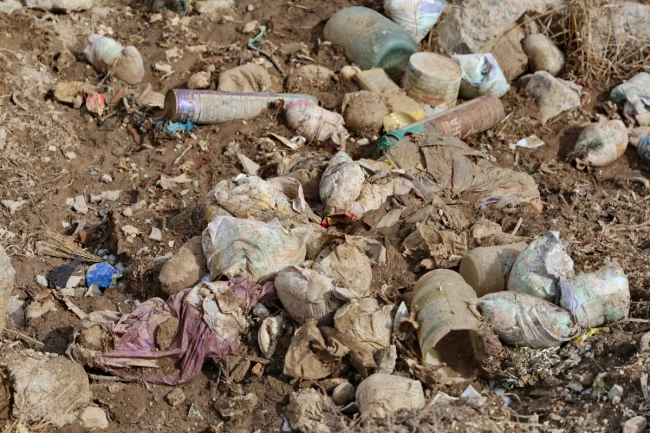

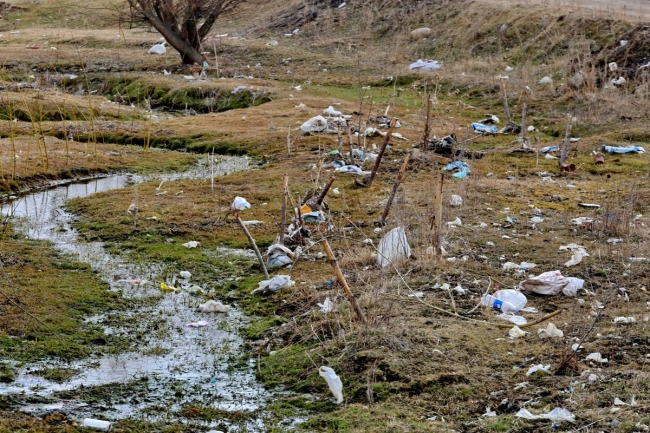

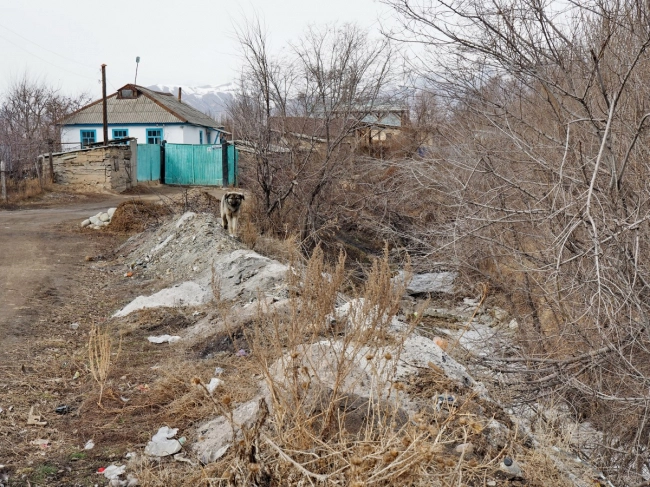

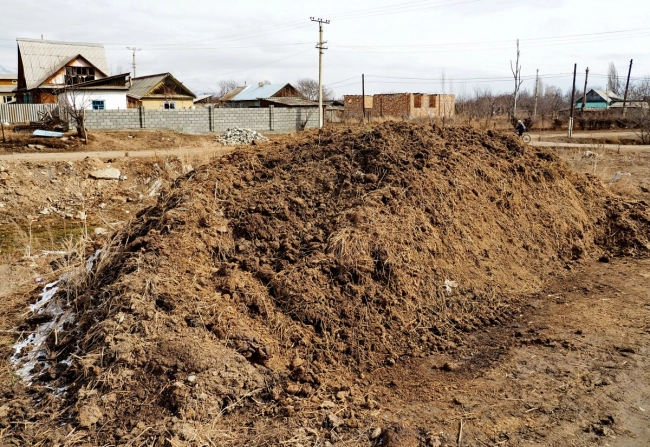
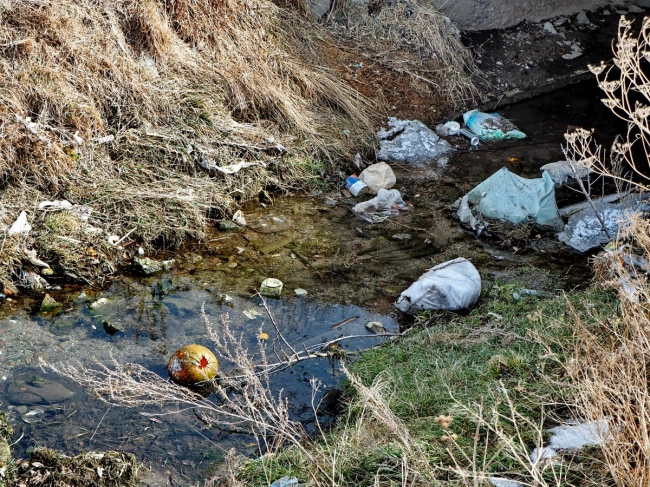
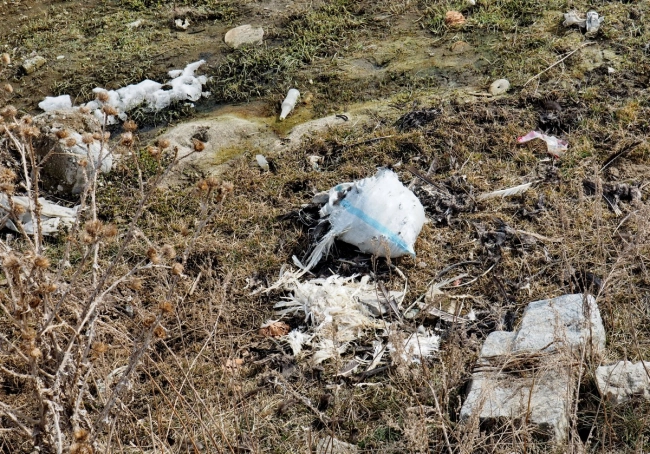

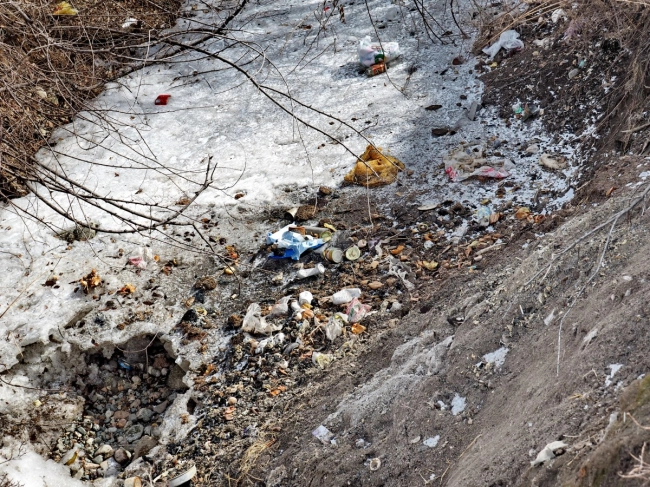
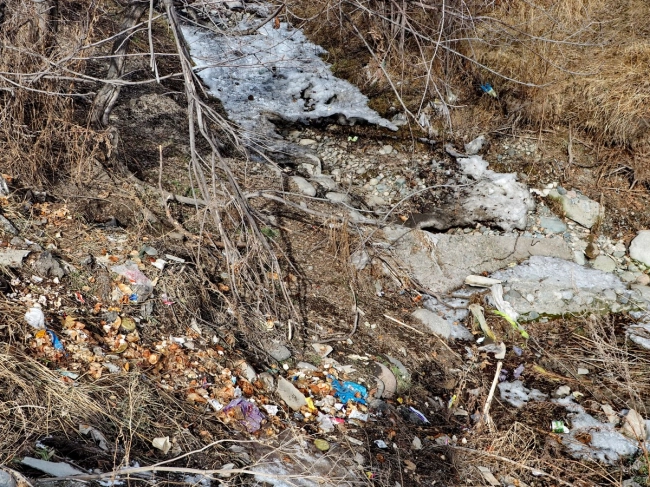
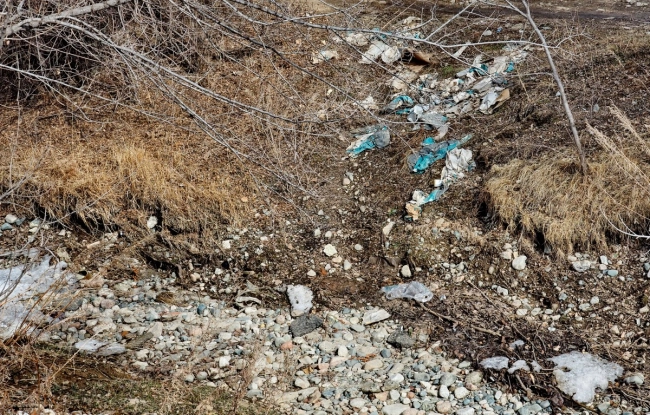
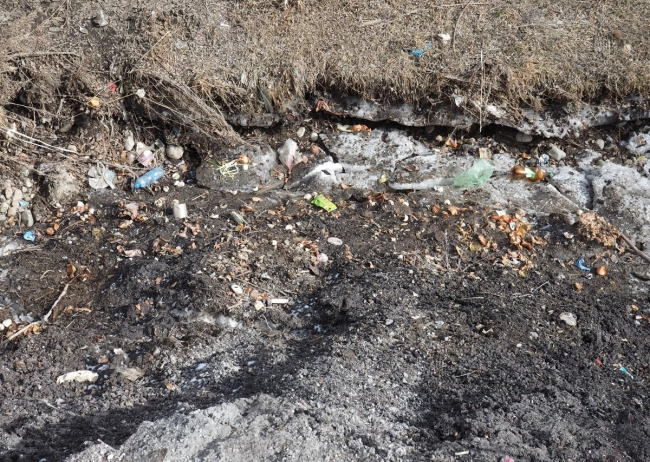
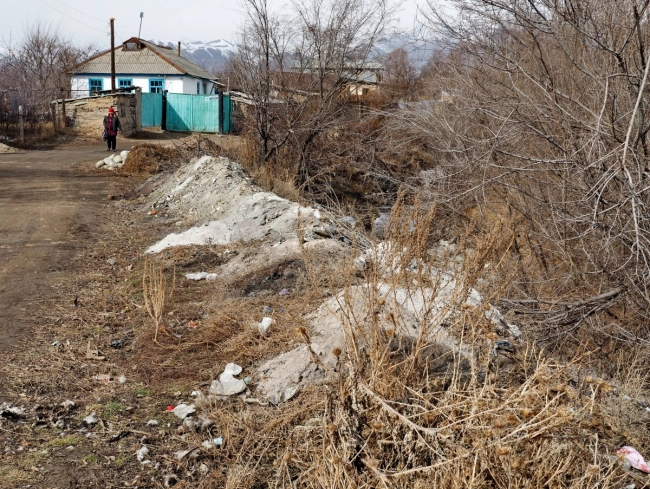


















Attention: Information based on submitted complaints